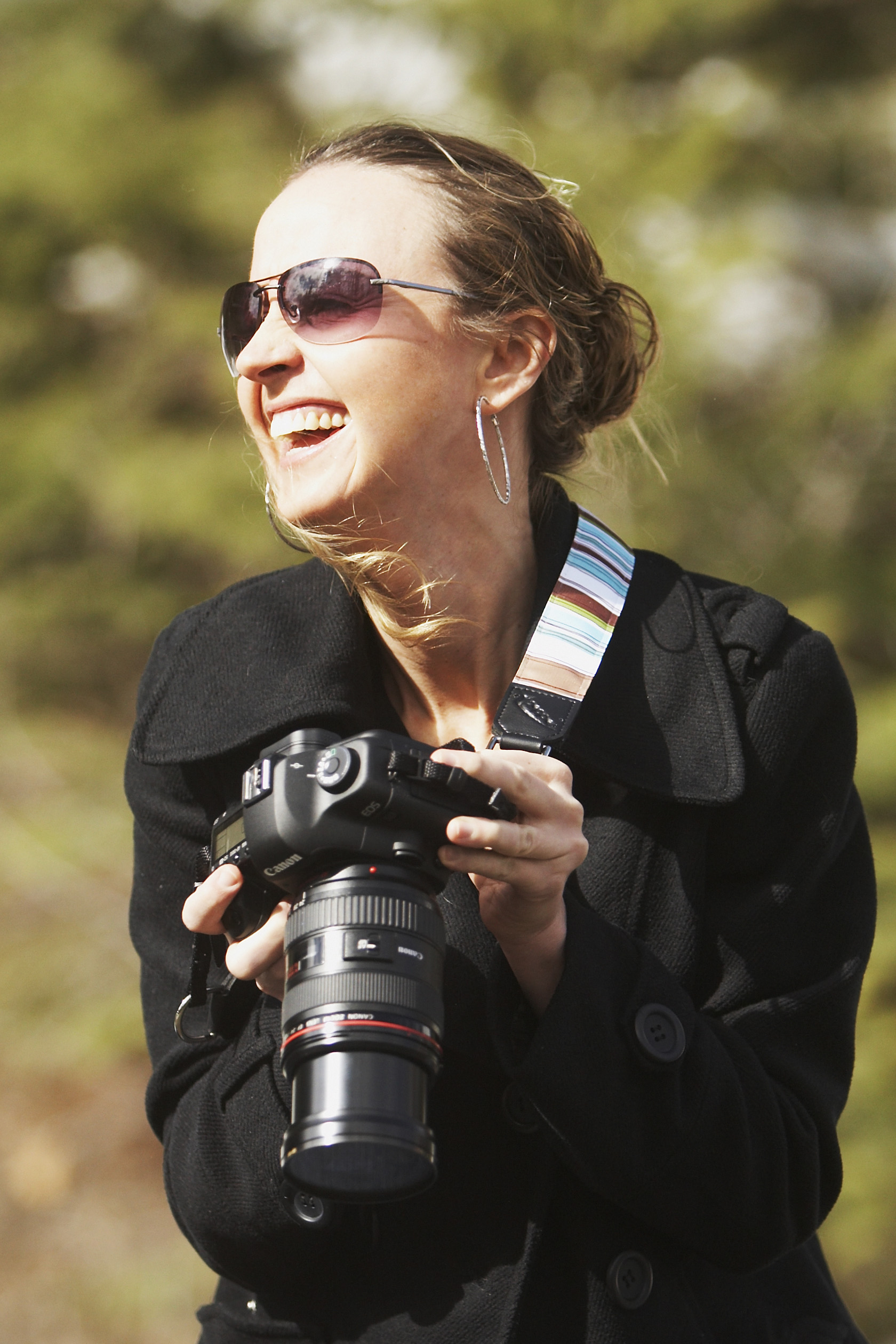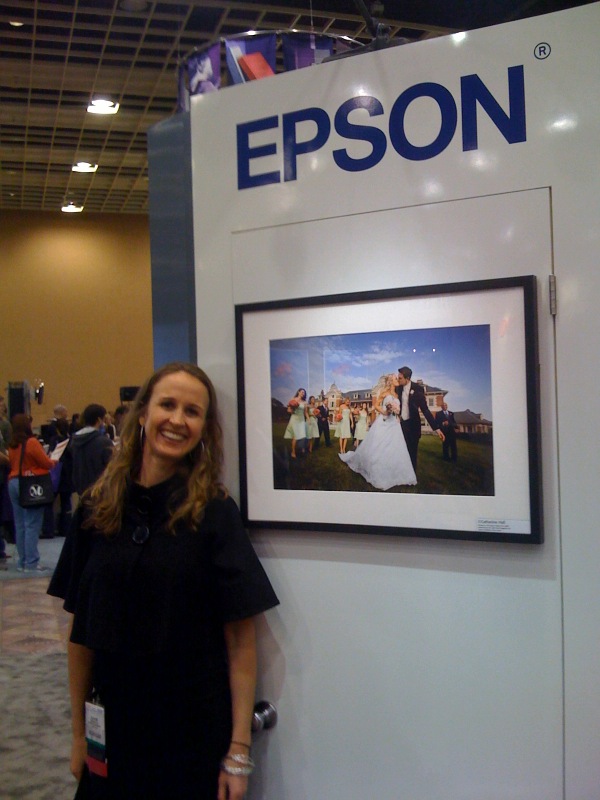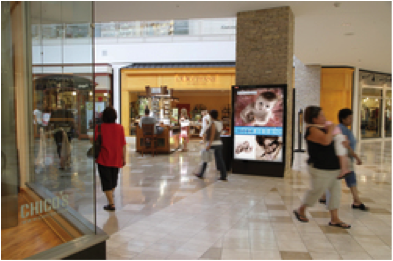
When I was talking to one of my customers, wedding photographer Norman Gilbert in Memphis, TN, he told me about an article he had written for brides, suggesting some things they should consider before hiring a relative or friend to shoot their wedding instead of an experienced professional.
I know many professional wedding photographers will heartily agree with some points Norm raises in his article entitled Using ‘Uncle Joe’ to Photograph Your Wedding is Not Worth the Savings. (Uncle Joe is the name Norm affectionately gives to the family member or friend who offers to photograph your wedding for free or at a substantially reduced cost.) Here are three key points Norm emphasizes:
Photography is one item in your wedding budget where you really get what you pay for. While Uncle Joe may have good intentions, most likely he isn’t equipped or experienced enough to capture a wedding properly—something you will only discover after it is too late.
What’s the back-up plan if things go wrong? Even many professional photographers don’t shoot weddings because it can be too difficult, too stressful, and the risk of having things go wrong can be overwhelming. What will Uncle Joe do if his camera dies or just isn’t working right that day? What will he do if he realizes that he has bitten off more than he can chew after the day begins? If you have watched someone who makes it look easy, that’s usually because they have been shooting weddings for some time and have the experience to work through any issues that come up.
Photographing weddings requires a high level of technical proficiency. Most wedding environments have complicated lighting situations. For photos during the ceremony, will Uncle Joe be able to take photos without a flash (which is a standard is most churches)? And if he can shoot without flash, can his camera create an acceptable image? Many non-professional camera models don’t work as well in lower-light situations. Plus, simply shooting images in the camera’s “Portrait” mode can’t duplicate the kind of vision and experience required to compose emotionally powerful, memorable images.
Norman Gilbert advises brides to “Look for someone with experience, a creative vision, and the ability to capture those iconic shots that will live on forever as a history of your wedding day.” He notes that years after the wedding, you probably won’t remember how much money you saved, but you will remember the experience every time you see your photos. Don’t risk having a bad experience with your photographer. Choose wisely.
As a service to brides, Norman Gilbert has also compiled a helpful checklist of 30 good questions to ask any photographer you are considering hiring. Along with questions about pricing, he suggests questions related to wedding photography experience, specific experience at your wedding/reception location, photography training, assistants and back-up support, equipment, albums, and file archiving.
Click here to download the document: 30 Questions to Ask Any Potential Wedding Photographers.
To see samples of Norman Gilbert’s wedding photography, visit www.photonorm.com



